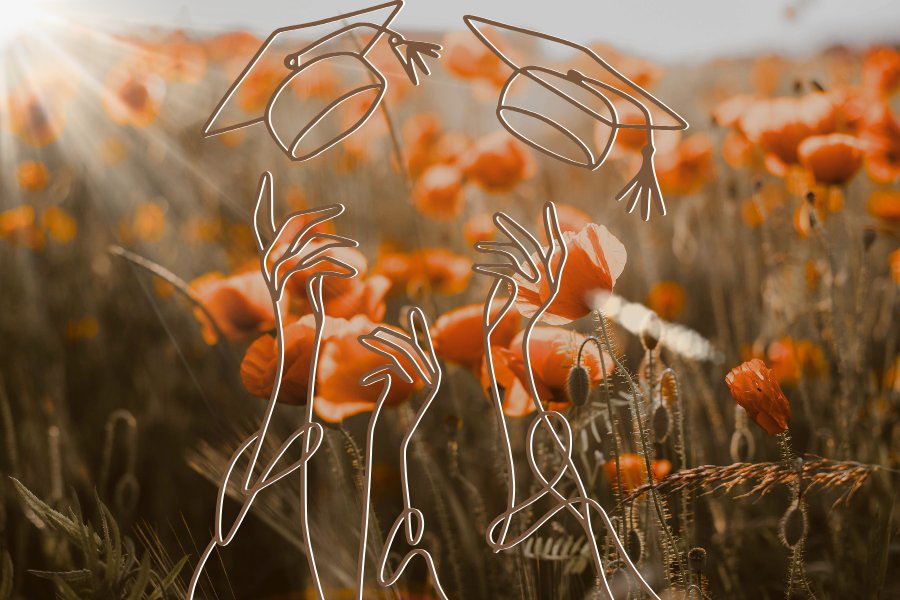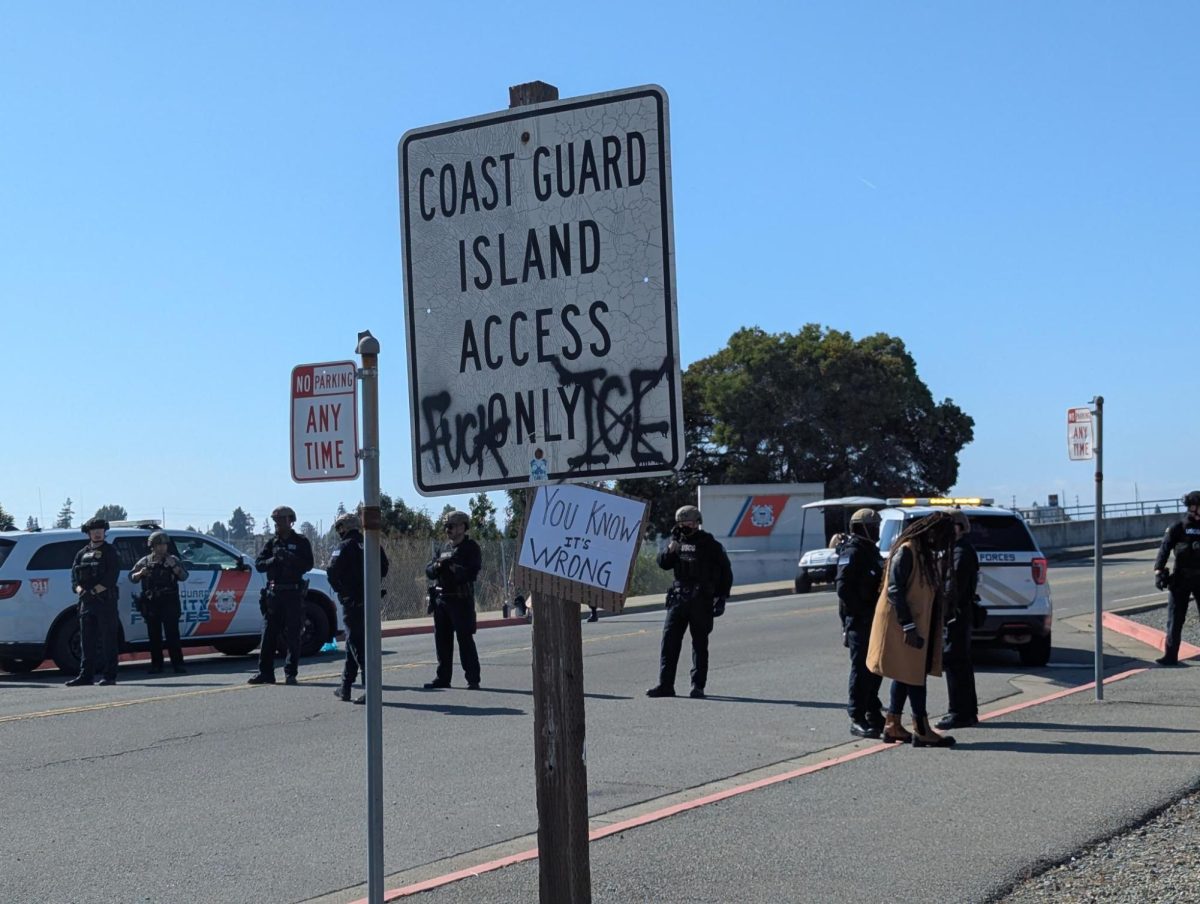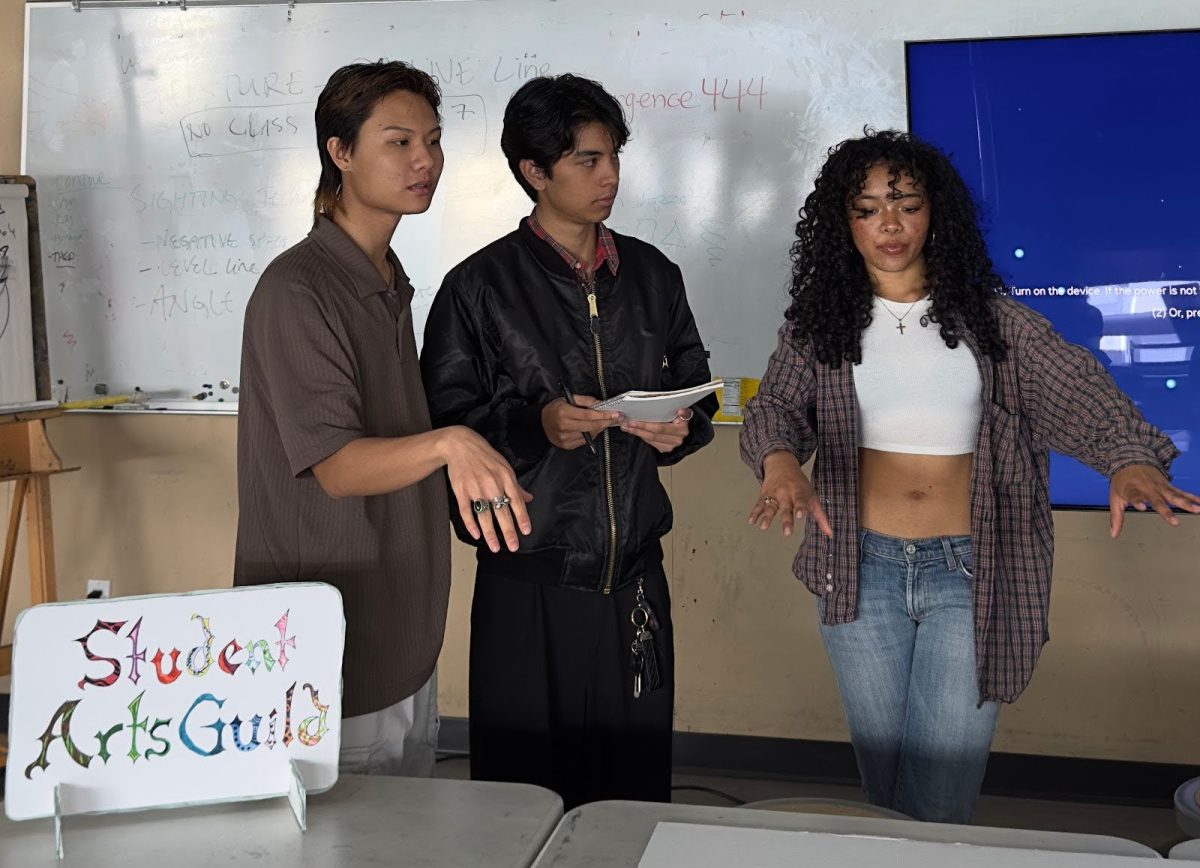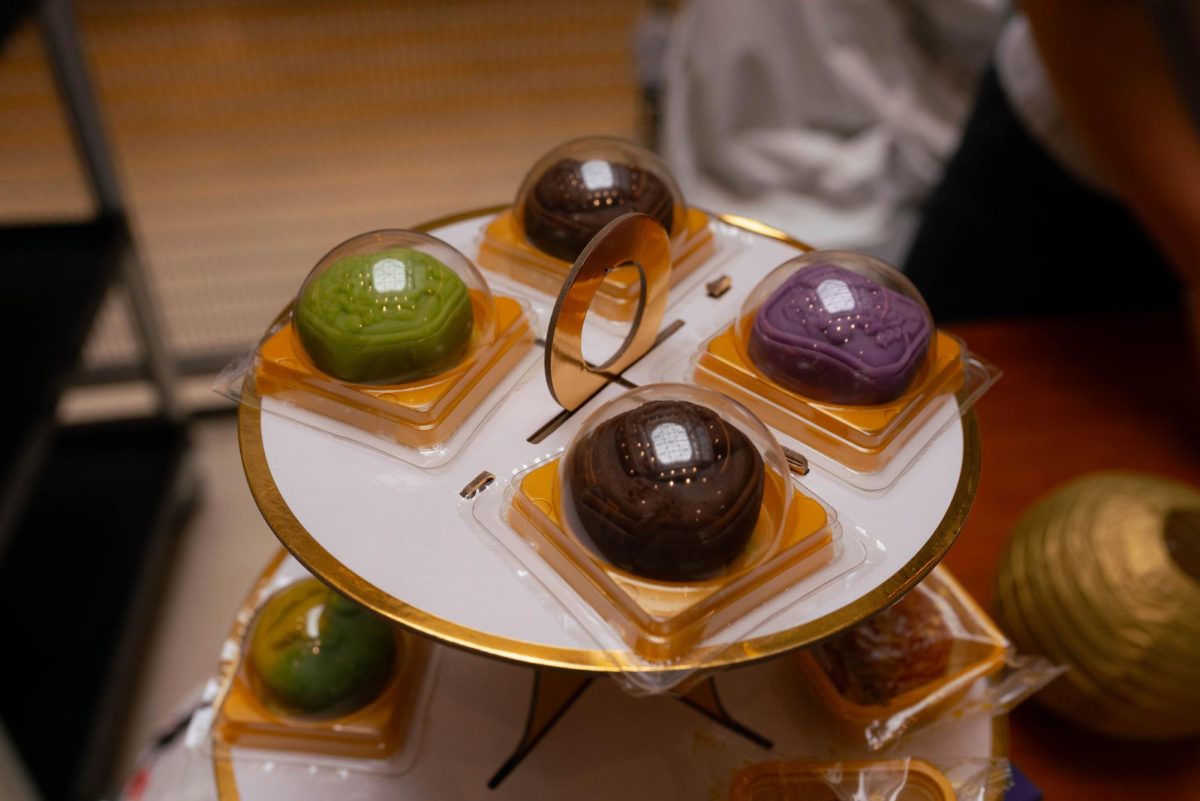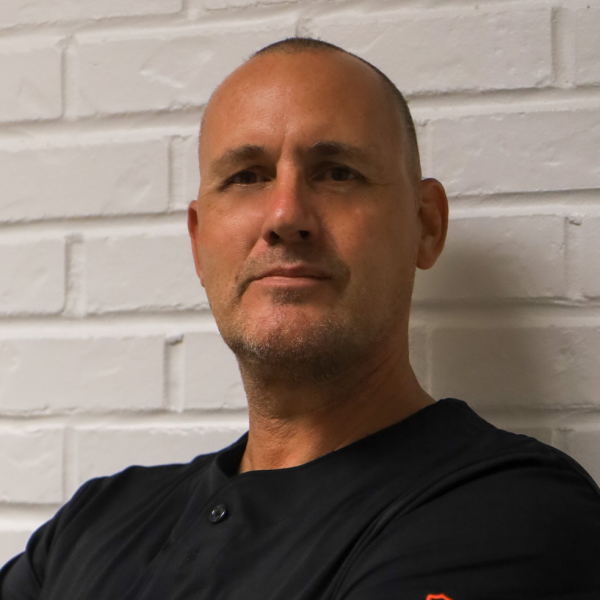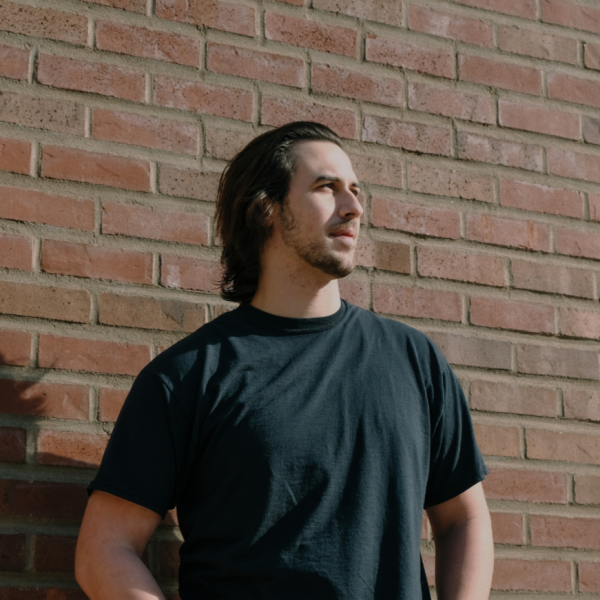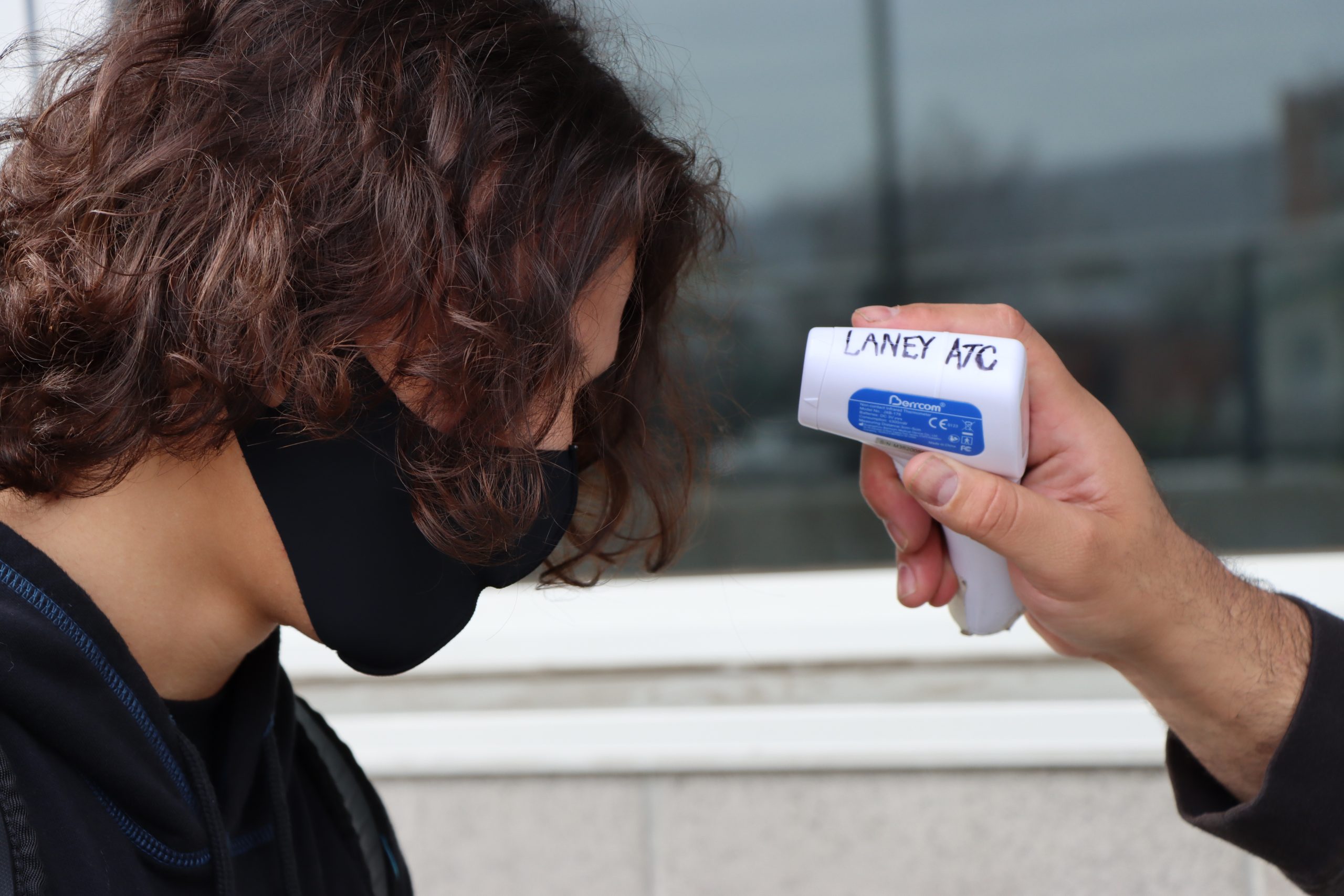
A state directive made effective on January 25, 2021 opened the door to in-person outdoor athletic training at the Peralta Community College District (PCCD) after a year of stops and starts due to the COVID-19 pandemic.
Laney was the first to return this semester on January 26 with Merritt following suit on February 16. Practices will be restricted and staggered according to evolving COVID-19 protocols and students may opt out of face-to-face training. PCCD safety protocols operate within guidelines set forth by California state and Alameda county governing bodies.
Screening processes used in fall 2020 are still in place for spring 2021. At Merritt, students and coaches complete COVID-19 questionnaires prior to each day’s participation. Athletes will then be monitored by designated staff, who will also conduct temperature checks and necessary evaluations.
While at Laney, student-athletes complete questionnaires and receive temperature scans conducted by coaches as soon as they arrive. The current plan is for 25% of athletes to be tested for COVID-19 every two weeks. After preliminary baseline testing, the 25%-of-athletes/biweekly plan is put into effect. Athletes who have been selected to get tested must bring proof of a negative result before being able to participate.
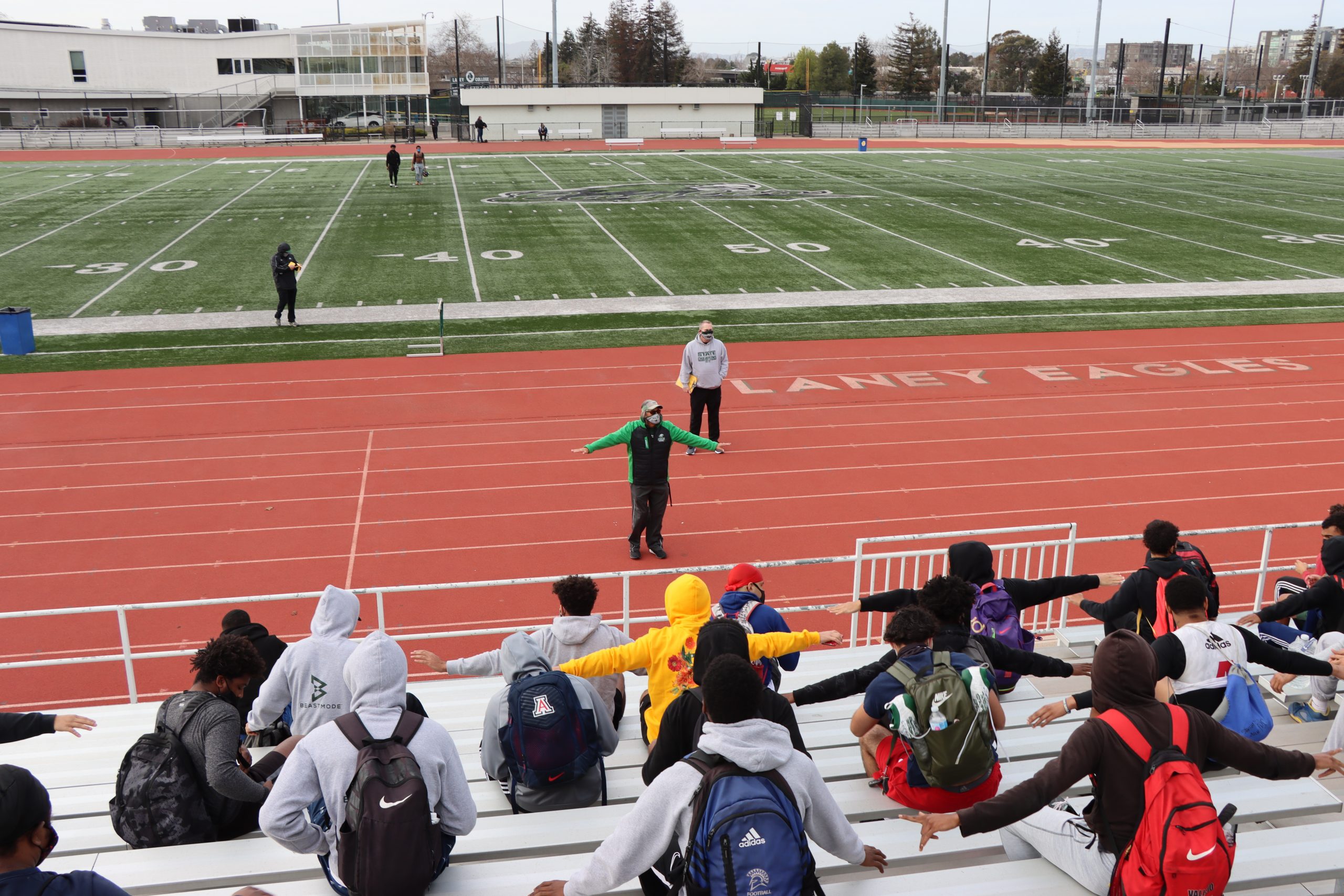
In terms of academic involvement, student-athletes are required to take 9 units per semester due to the pandemic, as opposed to the typical 12.
National Collegiate Athletic Association (NCAA) eligibility guidelines for student-athletes is a major component of college athletics, specifically for those who hope to transfer to an upper division school.
Athletes have five years to complete four years of play time, with the clock starting the first season an individual plays at the college level. The five years do not restart if a student transfers to a four-year university or moves to a different school. When the pandemic shut down the Peralta campuses in March 2020, athletes were left with questions about what that would mean for their five year window.
The National Junior College Athletic Association (NJCAA) announced in October 2020 that an extra year of eligibility would be afforded student athletes during the 2020-2021 academic year whether they participate in the season or not.
The return of sports to Merritt and Laney has come as a major relief to students who had spent over half a year with more questions than answers regarding the fate of their athletic careers.
Jacob Pubil, a pitcher for the Laney baseball team, struggled with being apart from teammates and coaches. “I haven’t even met half my teammates, and we’re supposed to start games in March,” Pubil said last month. No season is currently in place, but Laney baseball may be able to play scrimmages (practice games) with just the athletes on the team. In a typical year, the intercollegiate season would have begun at the end of January.
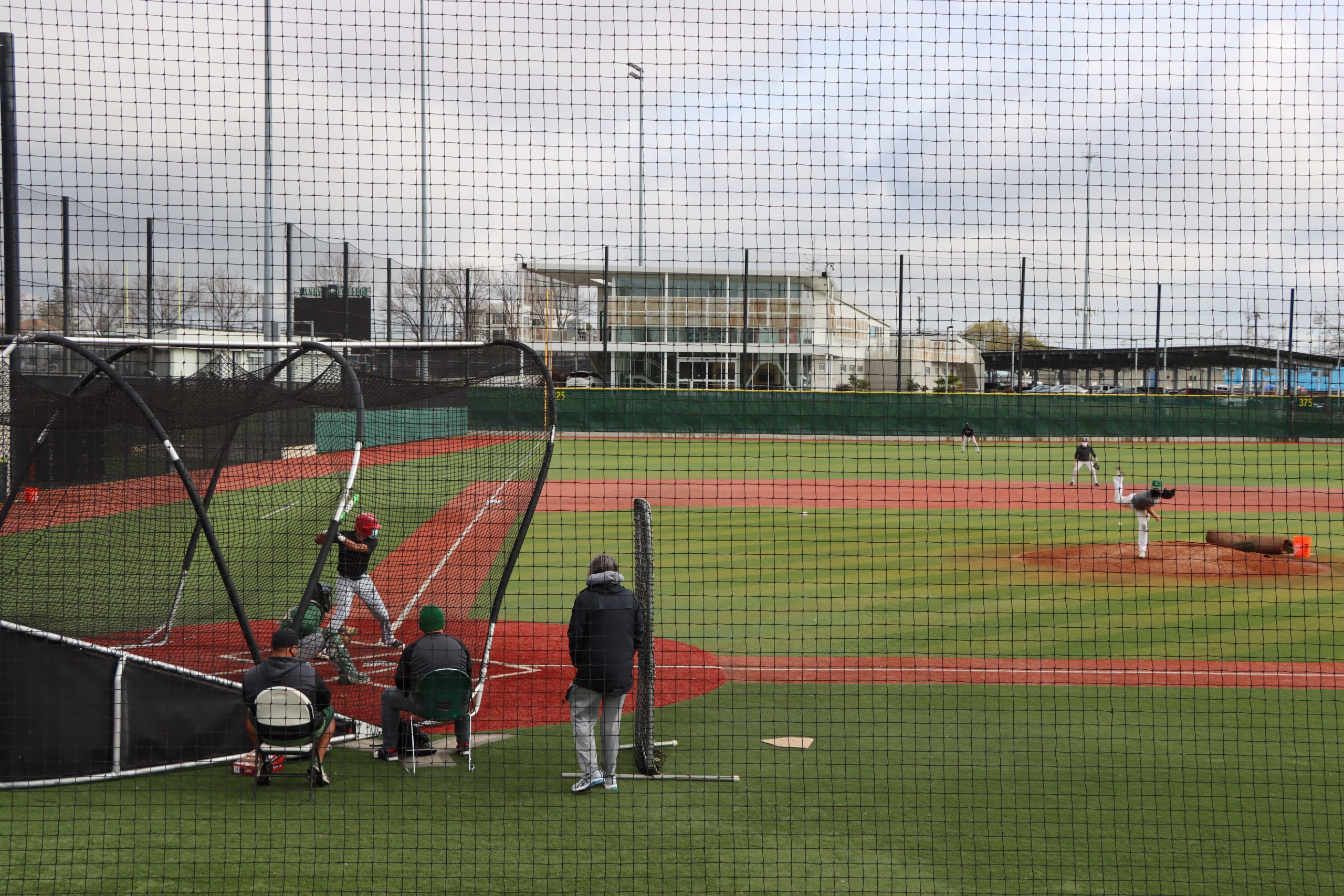
Pubil feels safe under the current protocols and is excited to be back on the field. Even with new safety measures, the coaching staff has student-athletes sign waivers in order to practice.
“We signed an agreement saying that, ‘yes we are at risk.’ But we were all discussing what if we signed a waiver so that we could do more stuff. Because we weren’t even allowed to touch baseballs until the end of October.”
But that isn’t a risk the coaches are willing to take.
From September to November 2020, the baseball team was broken up into pods of about ten players. After two hours of conditioning, the first set of pods vacated the field and another round would take their place. A similar system is still in place.
The baseball staff held virtual “chalk talks” where they discussed game strategies that they would normally take place in person. Peralta teams have continued to meet regularly over Zoom, but the pressure associated with that being the only form of interaction has begun to lift.
Zoom had been the primary tool for coaches and athletes at Merritt, Laney and CoA to stay connected during the pandemic. Teams meet several times a week to go through workouts, cover on-the-field strategies and build essential camaraderie. Virtual meetings were held five days a week until in-person conditioning became an option last month. Groups met according to their position on specific days and then reconvened as a whole team on others.
Shona Christensen, a thrower for Laney track-and-field, is relieved to be back with her teammates. For Peralta athletes including Christensen, communications with out-of-state universities ceased and potential scholarships seemed to fall off the table.
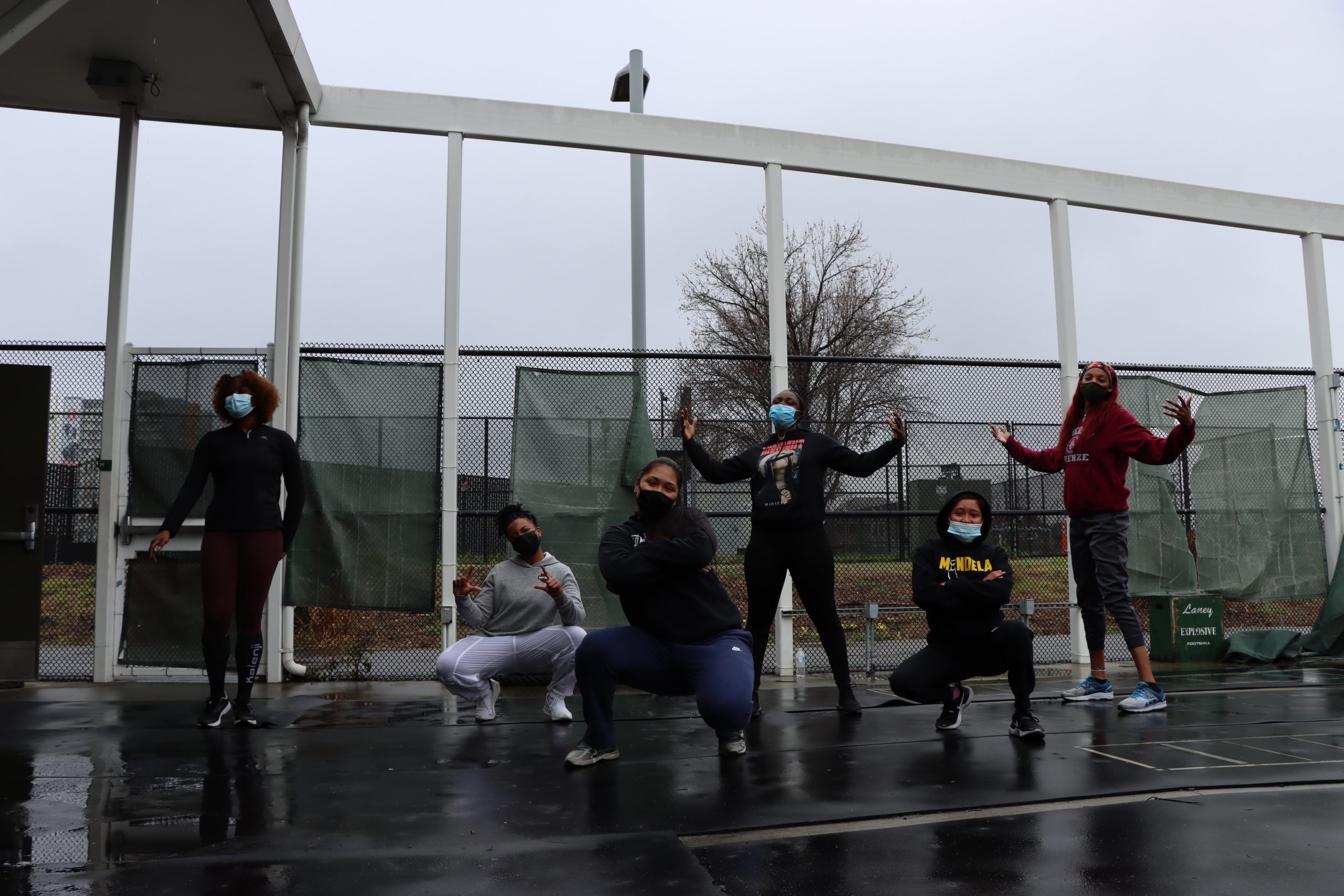
“It was really sad. It was discouraging,” Christensen revealed. “We lost touch through COVID.” Her heart had been set on attending a HBCU (historically Black college or university) and she had been talking to several throughout the southern and midwestern United States about scholarships before the pandemic brought it all to a halt.
Despite not hearing from any schools, Christensen has her eye on what’s ahead. “I always want to hug and say hi to each other but we have to stay distanced. Other than that it won’t be hard,” said Christensen.
A concern amongst student-athletes is that so much downtime away from the field has left them likely to underperform or even injure themselves. “It takes at least three weeks for the body to begin to adapt,” said Robert Crowley, who coaches Laney track-and-field and Laney football.
“But for us to truly be able to get out there and be explosive… that’s an eight to ten week period in reality for us to really get to the hardcore training that’s that’s required to achieve in this sport.”
Crowley expressed the reality of not knowing what’s next. “We’re living in a time right now where there are no certain answers. I don’t have hard dates. I don’t know exactly when we’re gonna be back. I don’t know exactly when things are gonna happen. I think that was probably the most difficult thing for [the team].”
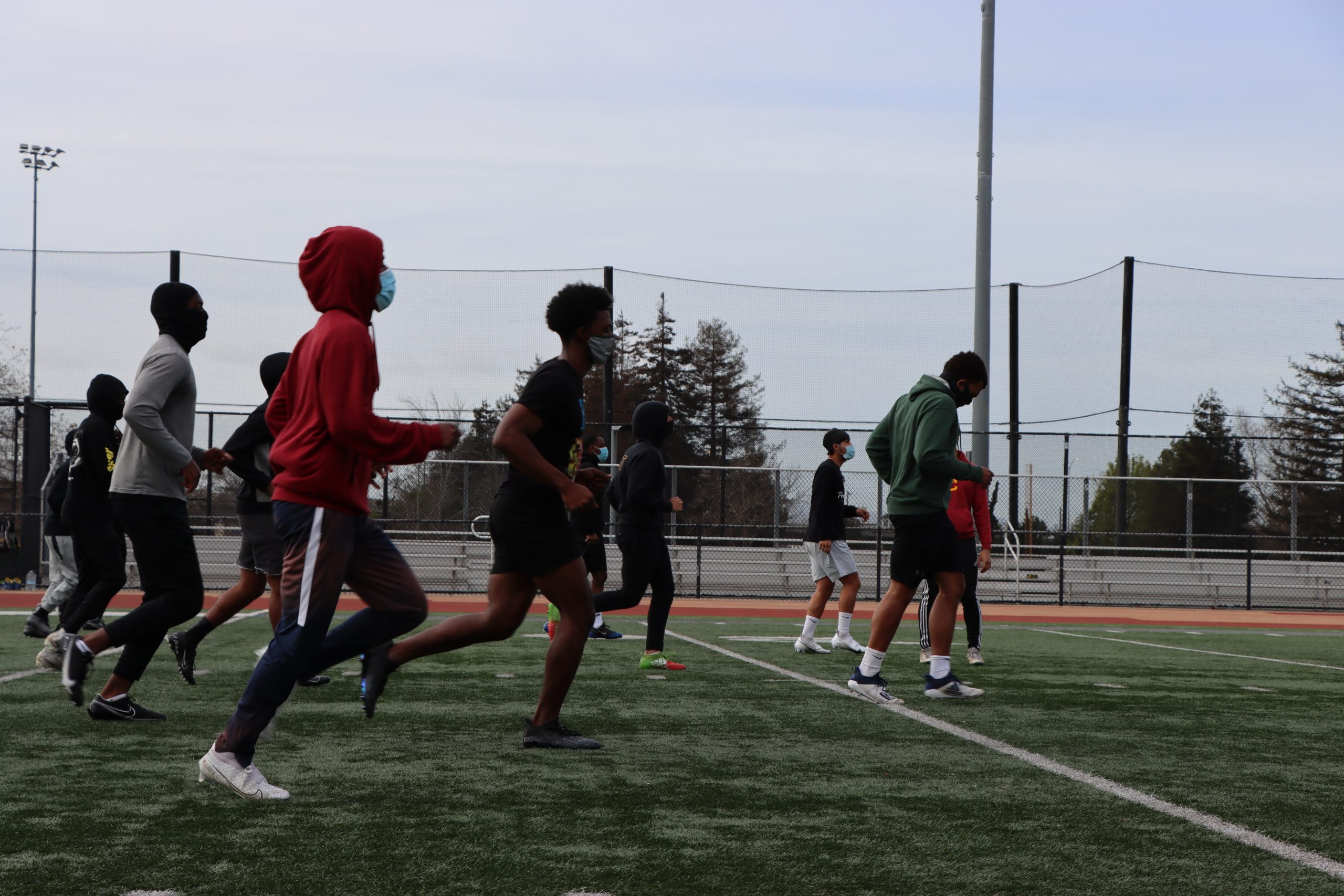
John Beam, Laney athletic director and head football coach, has been a key driving force behind bringing student athletics back on campus. In the preceding months of uncertainty, Beam was a regular speaker at PCCD board of trustees meetings where during public comment he urged trustees to call for the return of in-person athletics.
Beam has played an indispensable role in the return of Laney athletics. In January 2021 he facilitated the establishment of a COVID testing on Laney campus through an agreement with the Silicon Valley based company Curative. The company set up a kiosk in the Laney fieldhouse parking lot and offered COVID testing to student-athletes and the wider community at no cost to the school or the individuals. Athletes who navigate long commutes and an array of work-school responsibilities took the kiosk as a blessing. However, the kiosk was removed after ten days of testing. No explanation as to why the kiosk was removed has been released.
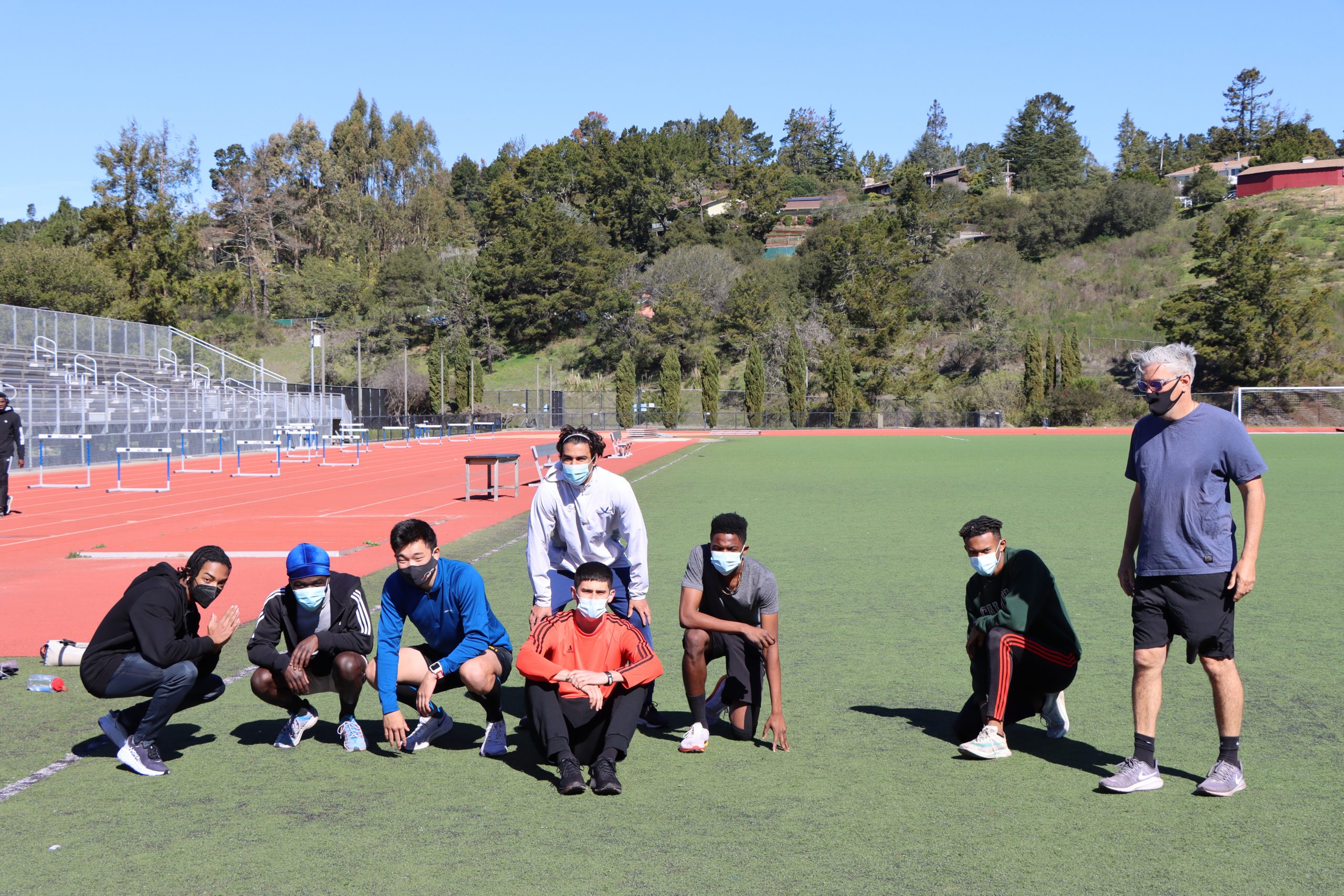
For months the Peralta athletic departments were in the dark, having to build solutions for themselves without a unifying plan or if one was being developed at the district level.
Coaching staff have expressed concerns about athletes dropping out altogether. Beam has said on multiple occasions that denying Black and Brown student-athletes the ability to practice and compete is just another way of telling them they are not wanted in higher education. He believes this lack of communication would be detrimental towards the education of “Black and Brown students.”
“You’re gonna see the level of Black and Brown students at Laney drop out of school,” Beam said. “That’s not just a Laney problem, that’s societal. Because these young men and women will bridge the social justice gap by being educated and open up to careers and help debunk myths about these marginalized groups.”
Joshua Ramos, football assistant head coach and Laney kinesiology department co-chair, depicts the pause in NCAA eligibility as a double-edged sword. While those without a year to spare will breathe easier in the short-term, the regular flow of scholarships has been disrupted by the pause. The pool of eligible seniors is now twice as large with the same number of available scholarships. Without partial or full-ride scholarships, many Peralta athletes are simply unable to afford the high price of a bachelor’s degree program.
“There’s not a magic bag of more scholarships out there,” relayed Ramos. “Usually scholarships free up when seniors move on and they bring new guys in.”
Ramos added that recruitment on all levels has essentially come to a halt. “Usually this time of year I’m putting 1000 miles on my vehicle, traveling around the Bay Area, visiting high schools.”
Precious Gerardo, head coach for the Laney swimming and water polo teams, hopes “to provide a pathway to come [to Laney], get their experience and get their footage so that they can get that scholarship and go to the four years.”
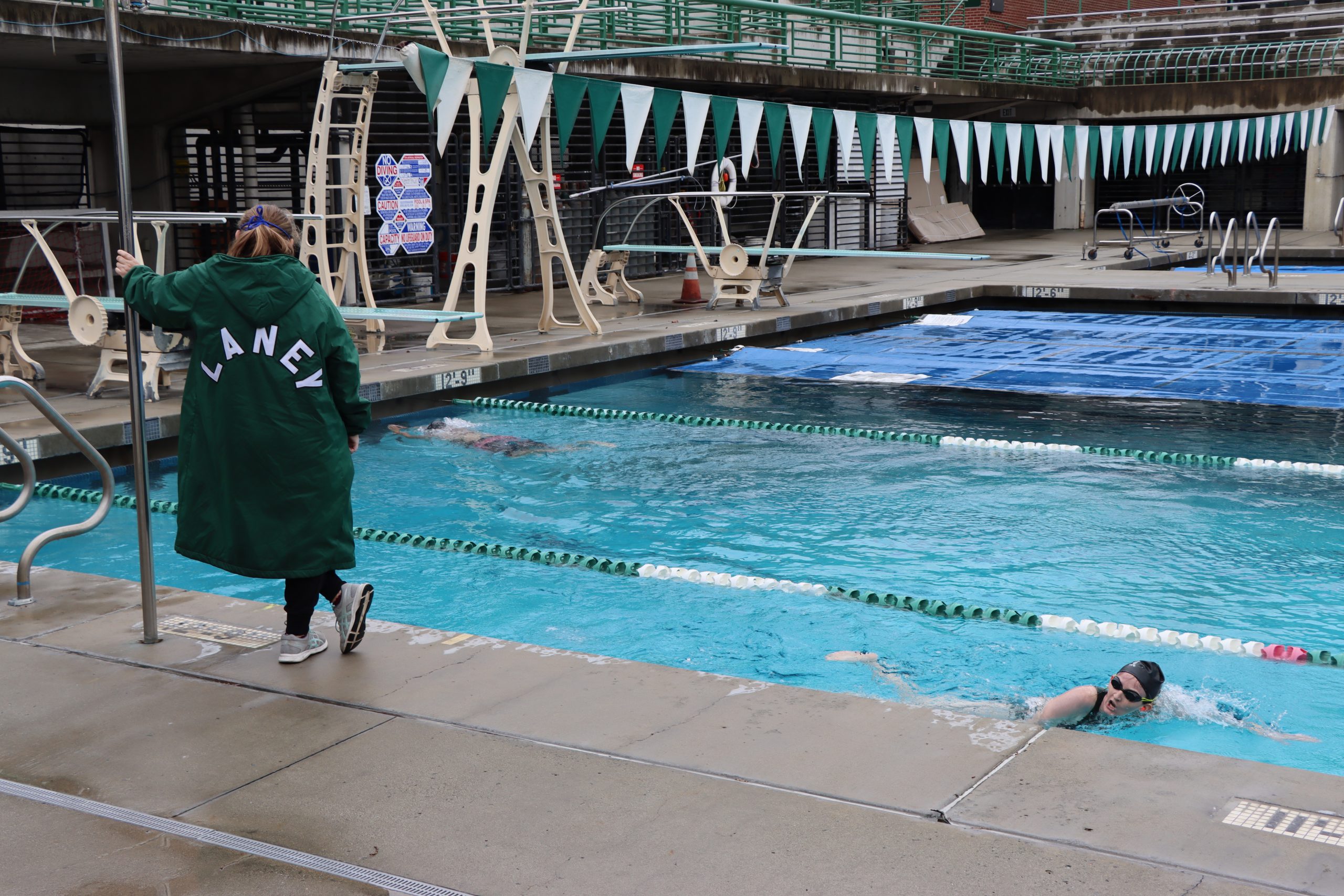
Derrick Jones, Merritt’s head basketball coach, describes how the pandemic has changed things for students coming in and those on their way out.
“We constantly stress academics and constantly check in with the guys. Making sure they’re communicating with their teachers, checking on their grades, making sure they remain proactive [throughout the semester] and not waiting until the last minute if they’re struggling.”
As such, the California Community College Athletic Association (CCCAA) has designated two separate windows of opportunity for program participation. Competition during Spring I runs from February 5 – April 17, and Spring II from April 10 – June 23. The opt in deadline for Spring I ended on December 19 and Spring II ended on February 26, 2021.
Merritt Athletic Director and track-and-field Head Coach Brock Drazen said, “Unfortunately, the only sports that we have that are included in Spring II is track-and-field. Spring I was for programs that traditionally begin in fall,” These programs include soccer, basketball and cross country.
These sports are pursuing non-traditional seasons consisting of two scrimmages. “I think that what’s going to happen is we’re going to do some kind of showcases and scrimmages so that the students can be seen,” said Drazen.
The men’s soccer team at Merritt, led by Head Coach Glenn van Straatum is attempting to arrange a home-and-away series with other colleges.
Merritt was the only one of six conference teams to opt-in for the non-traditional season play. Whether or not Merritt will have any play “depends on how many schools have opted in. We opted in and none of the other five schools in our conference have opted in.”
Across the board, athletes have indicated the difficulties associated with building team chemistry under these circumstances.
“We have less training. I have one teammate who I train with two or three times a week.” said Joshua Marquez. who also played for Van Straatum on the Bay Oaks. Marquez had played soccer for UC Santa Cruz before returning to Merritt. “There’s less a sense of camaraderie.”
The team support system in place has shifted to incorporate more of an emphasis on mental health and structure, a change welcomed by Marquez. “It’s about building your mental skills,” Marquez said. “We have online meetings four times a week, a team therapist. We can have one on ones via Zoom.”
Limbert Tavarez, a sophomore and business major at Merritt is one of several players to follow Coach van Straatum to Merritt. He shared the difficulties of contracting COVID-19 as he and his family contracted the virus last July.
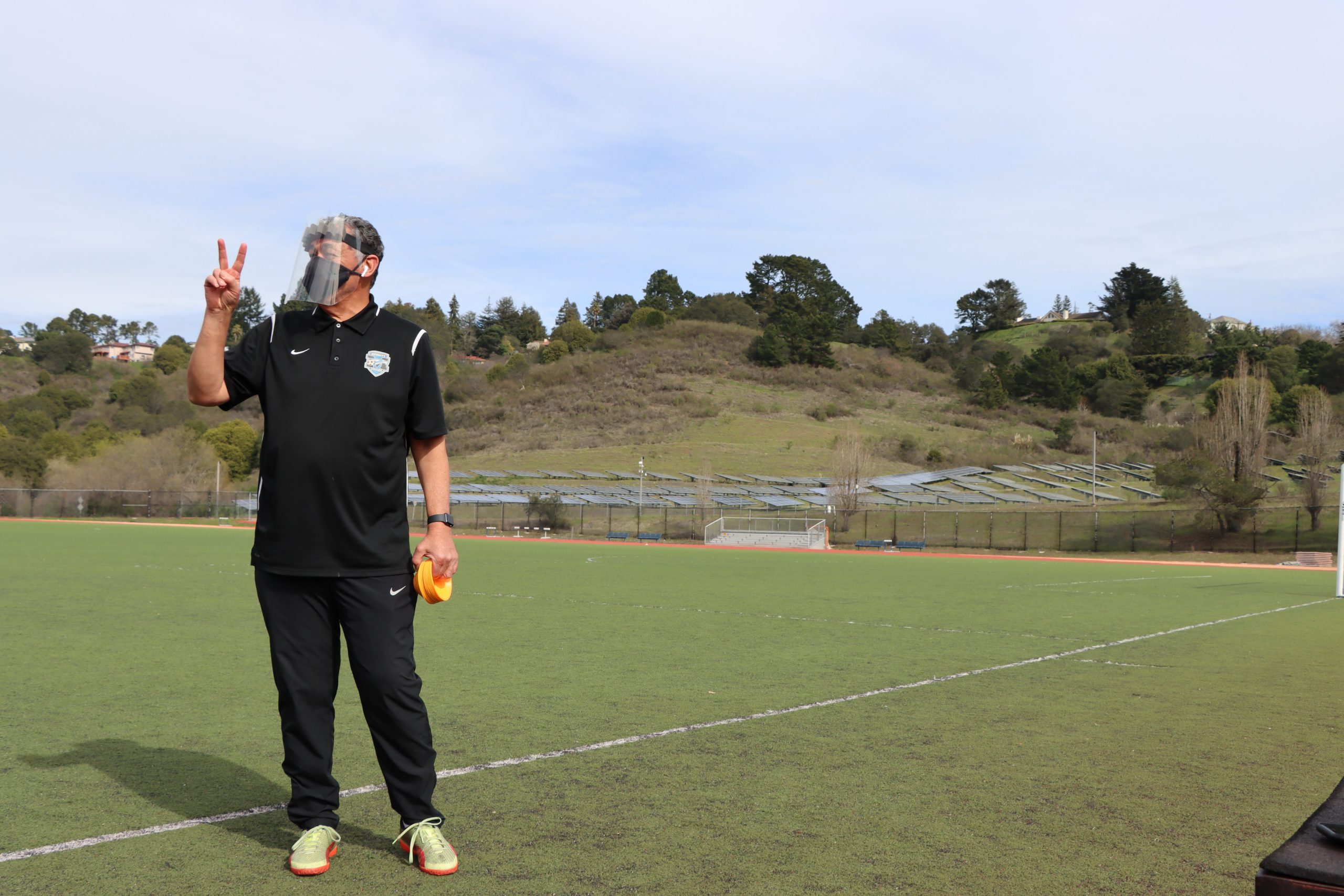
“My dad struggled a lot,” said Tavarez. “There would be nights when he couldn’t breathe.” No one in the family was hospitalized and have appeared to fully recover.
Taverez praised the support from non-profit La Clinica for playing a central role in him and his family getting tested. The organization provided guidance and resources such as care packages with sanitizers, food and a variety of other things.“They really helped us” Limbert said.
Sophomore Andres Echeandia who hails from Queens, NY, is participating in track-and-field at Merritt. He transferred to Merritt his first year in college and said “I didn’t accomplish what I came out here to do my freshman year.”
The loss of a full year of athletic competition, which cast doubt over the comeback he had hoped, Echeandia said “I feel like there’s plenty of room to grow, plenty of performances to show, and all of it feels obtainable.”
CoA Athletic Director and Kinesiology Department Chair Linda Thompson is also the longest tenured member of all athletics programs district wide. She began coaching at Laney in 1994 before taking her talents to COA in 2004.
Thompson also enjoyed a stellar athletic career at California State University Hayward, playing both fast-pitch softball and volleyball and has been a seminal figure in youth sports in the Bay Area, for almost three decades, founding youth sports programs for girls in both softball and volleyball.
Thompson has maintained a safety-first approach throughout the crisis.
“I made the decision to not allow a synchronous as well as any face-to-face. COVID is no joke. For me, as a coach, a mother, and a grandmother, the health of every student athlete, as well as the coaches and myself.”
It is not only the health of the student athletes who tend to have stronger immune systems, that Thompson has concerned herself with, but for the larger community of people who these student-athletes interact with. Thompson is not considering a return of CoA sports until vaccinations are widespread and transmission rates are stunted.
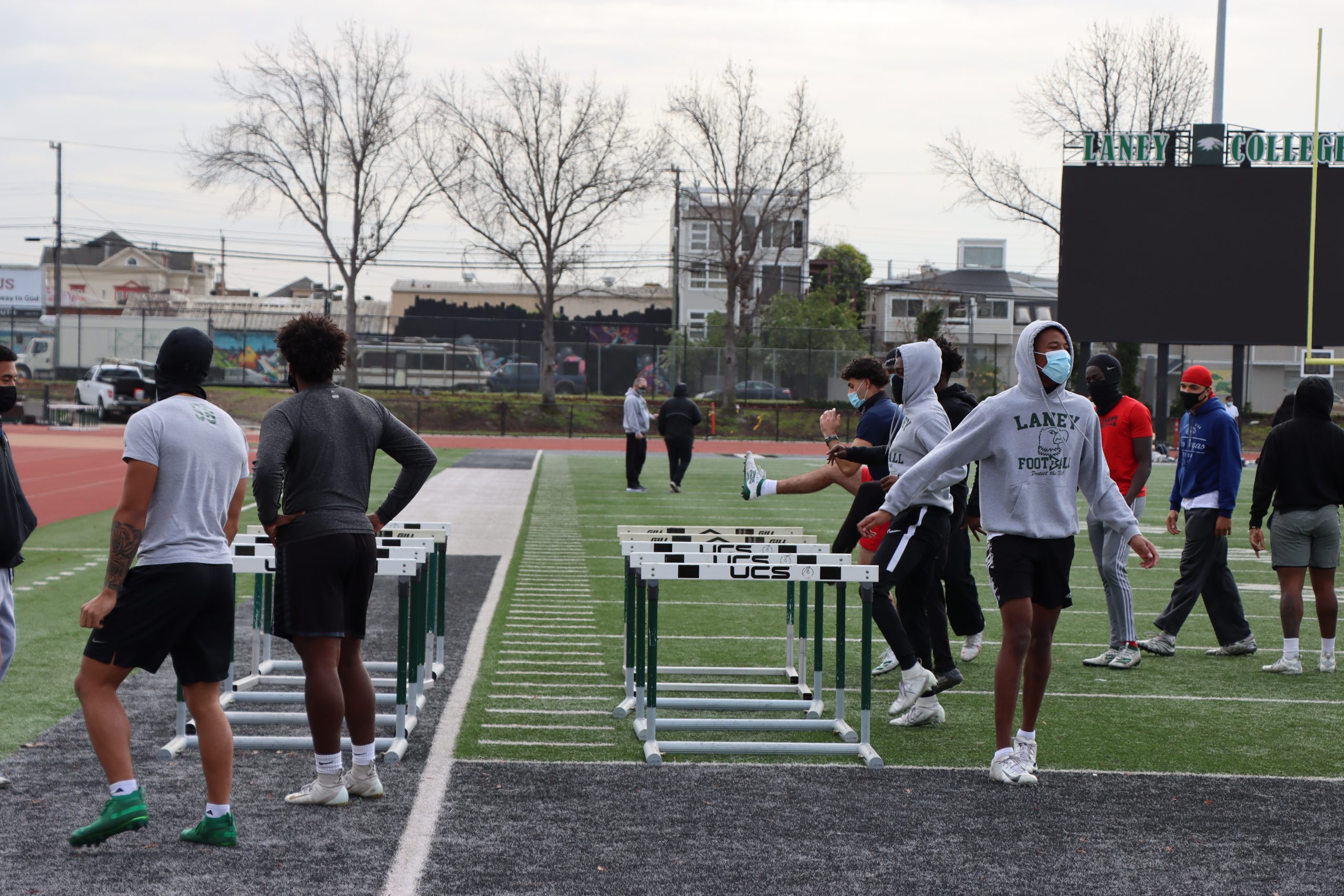
“We have a lot of students who live at home and they have older parents who could be affected by the decisions I make. If somebody on my team has COVID and takes it home to their family, I’m responsible.”
Thompson hopes accountability and responsibility will compensate for the lost time participating in the program.
Marshall Collins has spent the last 17 years coaching basketball at junior college and Amateur Athletic Union (AAU) levels with stints at Los Medanos, Chabot and Marin before coming to CoA.
Like other coaches, Collins is searching for the right balance between implementing proper safety protocols and being of service to his student-athletes’ overall interests.
“When it first hit, I say, ‘yeah, let’s shut it down. Let’s understand this a little bit more,” said Collins. “But, nowadays, we’ve got a national plan, an NCAA plan, a high school plan, an out-of-state plan. California seems to be overprotective, which I understand. It makes sense on both ends.”
Collins worries that, for many, athletics opens the door for an education that wouldn’t otherwise be available or pursued.
“A lot of kids that I recruited, that a lot of other coaches recruited, if it weren’t for basketball, these kids wouldn’t be going to college. It’s hard on them. Being online, not going to the gym and giving them hope. As a coach, you want to bring some normality in the kid’s life. That’s my main thing, what’s beneficial to them.
“I’m not able to track these students’ grades. I don’t know about other programs, but we do study hall every day. I’m able to get these guys to pull up their Canvas, look in it and see what’s going on. It keeps them eligible. I had ten guys in honor rolls last year because of that!”
The circumstances of PCCD in-person athletics and the potential for intercollegiate play is evolving daily. Information regarding California COVID-19 numbers by county can be found here.
*Berkeley City College, the fourth of four Peralta colleges, doesn’t fund an athletic department due to the limitations of their campus design. However, students attending any of the Peralta colleges may participate in the athletic programs of its sister schools.

